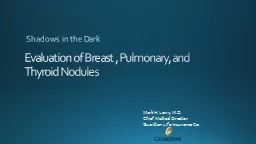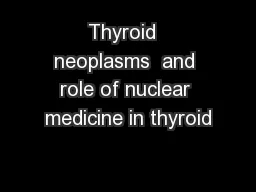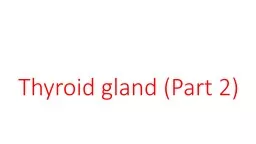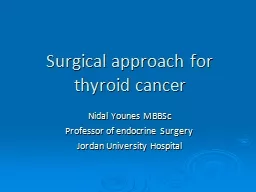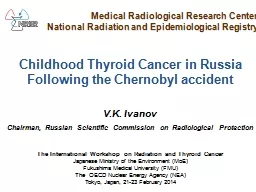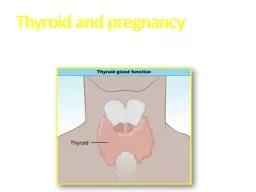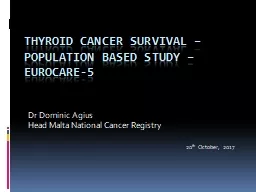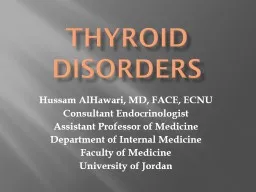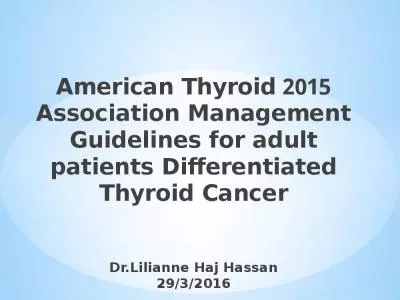PPT-Well Differentiated Thyroid Cancer
Author : rodriguez | Published Date : 2024-02-09
Hamidreza Zakeri MD Associated Proffessor TUMS Examined trends in incidence amp mortality of thyroid cancer in US incidence from 36100000 in 1973 to 87100000
Presentation Embed Code
Download Presentation
Download Presentation The PPT/PDF document "Well Differentiated Thyroid Cancer" is the property of its rightful owner. Permission is granted to download and print the materials on this website for personal, non-commercial use only, and to display it on your personal computer provided you do not modify the materials and that you retain all copyright notices contained in the materials. By downloading content from our website, you accept the terms of this agreement.
Well Differentiated Thyroid Cancer: Transcript
Download Rules Of Document
"Well Differentiated Thyroid Cancer"The content belongs to its owner. You may download and print it for personal use, without modification, and keep all copyright notices. By downloading, you agree to these terms.
Related Documents



